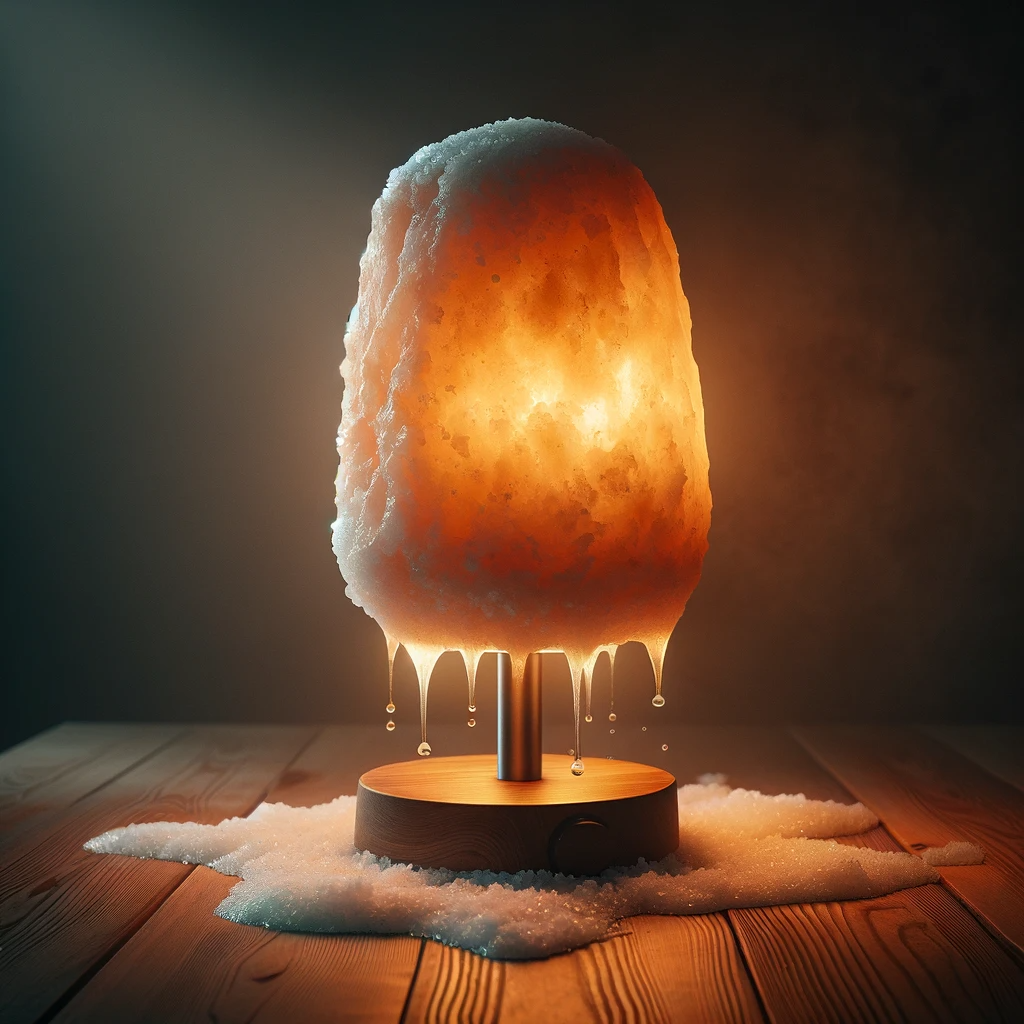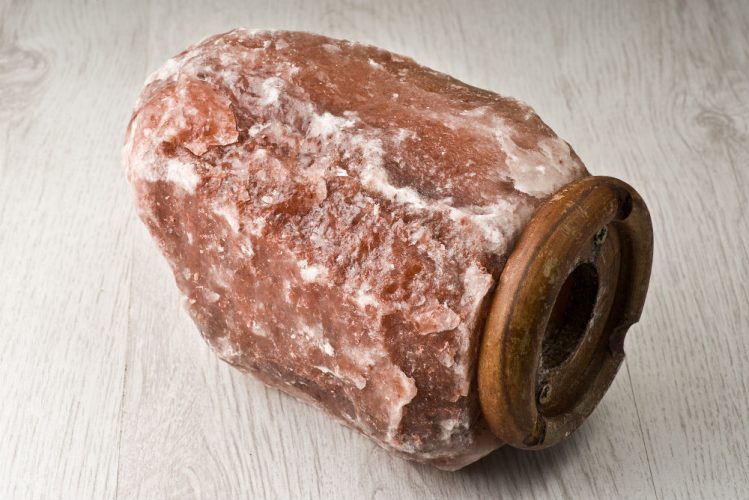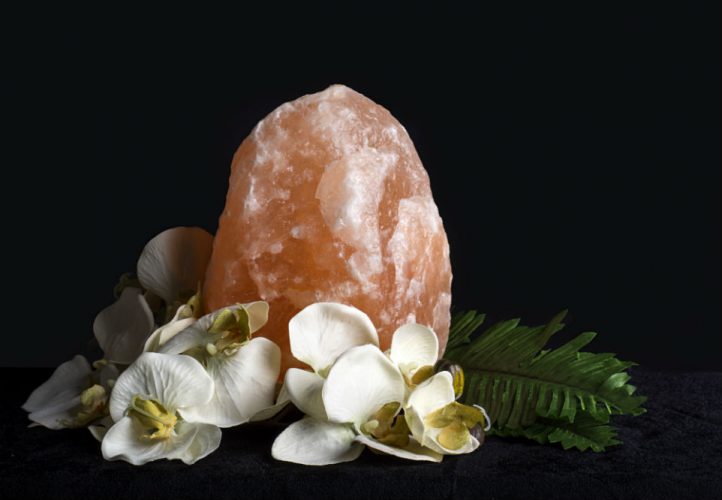Unlike ice or wax, salt lamps, which are usually constructed of Himalayan salt, do not melt in the traditional sense. They may, nevertheless, degrade or “weep” in specific circumstances. This is the reason why:
Hydrophobic Nature: Salt lamps draw moisture from the air because they are hygroscopic. This may cause the lamp’s surface to get moist or damp in humid situations. This moisture has the potential to gently dissolve the salt, giving the impression that it is melting.
Water Solubility: Salt dissolves in water, so any prolonged exposure to moisture will eventually cause the lamp to get smaller. Though it is essentially a steady breakdown of the salt, this is frequently misinterpreted as melting.
Use Properly: Salt lamps should be used on a regular basis and kept in dry surroundings to prevent problems. The internal lightbulb’s heat can aid in preventing the buildup of moisture. If they do become wet, they must be completely dried.
Durability: Salt lamps do not melt or degrade rapidly when kept under regular indoor temperatures and with the right maintenance. They can endure for many years and are highly resilient.
Remember, the key factor affecting these lamps is the humidity and exposure to water, not the temperature under normal household conditions.
Investing in a high-quality dehumidifier will help guarantee that your salt lamp keeps its alluring glow and structural integrity.
A dehumidifier’s controlled climate is perfect for maintaining your Himalayan salt lamp’s distinctive charm.
It reduces the amount of moisture that the salt absorbs indoors, which stops the ‘weeping’ or progressive degradation.
This preserves the calm atmosphere your salt lamp generates in your room in addition to extending its life.
Are you prepared to preserve and extend the life of your salt lamp? Check out my fave affordable dehumidifier here.
What Are Himalayan Salts?
Pink Himalayan salt comes from rock salts that are mined in the Punjab region, in the vicinity of the Himalayas in Pakistan. It is considered as one of the purest salts on earth that boast of plenty of health benefits.
Pink Himalayan salts have the same chemical makeup as the regular table salt found in the supermarkets and contain 98% sodium chloride. The rest of the salt is composed of trace minerals like magnesium, potassium, and calcium, which account for the light pink shade. While it has the same chemical composition as the regular table salt, Himalayan Pink salts taste differently. Yes, it can be used for cooking, marinating, preserving and seasoning of food.
Why Use Himalayan Pink Salts as Lamps?
This salt is not only great for cooking dishes. In fact, Himalayan Pink salts are also used as lamps for improved health.
They say having a lamp of this kind makes the air quality in any room better. This is because the salt has hygroscopic properties, which help in cleaning the air as it attracts and absorbs pollutants and water molecules. Other contaminants also end up being trapped inside the crystal. Meanwhile, the heat coming from the lamp releases the pure water vapor which makes the air cleaner.
Moreover, experts also advise people to try using the lamp before and during bedtime for better sleep quality. The salt, after all, is believed to emit negative ions, which in turn helps correct sleeping problems. Plus, the negative ions also aid in the rejuvenation of the cells while asleep.
The Himalayan Pink salt lamps can also be used for relaxation purposes as it helps one to de-stress and improve one’s mood and productivity.
How to Choose the Lamp?
There are plenty of Himalayan Salt Lamps on the market these days, which makes choosing one a confusing task.
When buying this lamp, make sure that you are getting salts that are authentic. This means that the Himalayan salt is from Khwera Salt Mine, Pakistan. Look at the packaging closely and check if it is indeed from this place. If it’s not, then the salt is not an authentic Himalayan Pink salt.
Additionally, some product makers claim to use authentic Himalayan salts, but in fact, only sell imitation. Hence, it is better to look for, and purchase from a trusted and reputable company or manufacturer as the authenticity of the salts used for the lamp is important.
One must also consider the design of the lamp as they come in different materials and designs. Some products use a metal frame, glass or plastic to hold the salts together. Look at the design closely to check for durability. Is the salt-holder strong enough for long use? Plus, you may also want to refrain from buying a lamp with a salt-holder made of plastic as it might melt in the long run. Plastics is also a highly flammable material.
Do Salt Lamps Melt?
Many people buy Himalayan salt lamps and end up worrying about the durability of the product since they encounter problems with it.
One of the most common issues is the leaking of water or sweating of the salts. This problem, however, is because the lamp was placed either in a humid room or because the place itself has high humidity. Keep in mind that salt lamps do not usually sweat if it’s in a dry climate. You can expect some sweating from the lamp if you live in a dry and humid area. However, this does not mean that you cannot use salt lamps if you live in such places.
The best way to combat this sweating and melting problem is to keep the salt lamp on at all times except when you are heading out, and there is no one left at home. Also, do not worry about the electric bill when using the lamp at all times since the item does not consume a lot of power. One can also prevent the sweating by placing the lamp in a less humid area. This means that the lamp should not be kept in the laundry, basement or bathroom.
If you see some moisture building up in the salt lamp, then do not fret. Just get a dry, lint-free and absorbent cloth to wipe the moisture away. If it has to be turned off for a long time, then you may want to consider placing the lamp inside a bag to prevent sweating. It also helps to air dry the Himalayan salts from time to time after cleaning with a dry and absorbent cloth.
A Misconception
Many people confuse melting and leaking. In fact, plenty of potential buyers ask do salt lamps melt? And unfortunately, a good number of salt lamp owners answer yes since they mistake sweating for melting.
But no, Himalayan pink salts do not melt or dissolve. Sure, they can sweat or leak water, but they do not melt. In fact, the sweating is caused by the absorption of the moisture when the lamp is located in a humid environment. It is not surprising that many people believe that the salts melt because the sweating often becomes intense that they create small puddles. The trick is simply to keep the salt lamp on to keep the salts dry at all times.
Final Thoughts
Salts, including Himalayan salts, only melt or dissolve if you place them in water. Notice, how your kitchen table salt sweat when stored in a dry and humid place, but they do not melt. The same can be said of Himalayan pink salts. They will not dissolve on its own.



